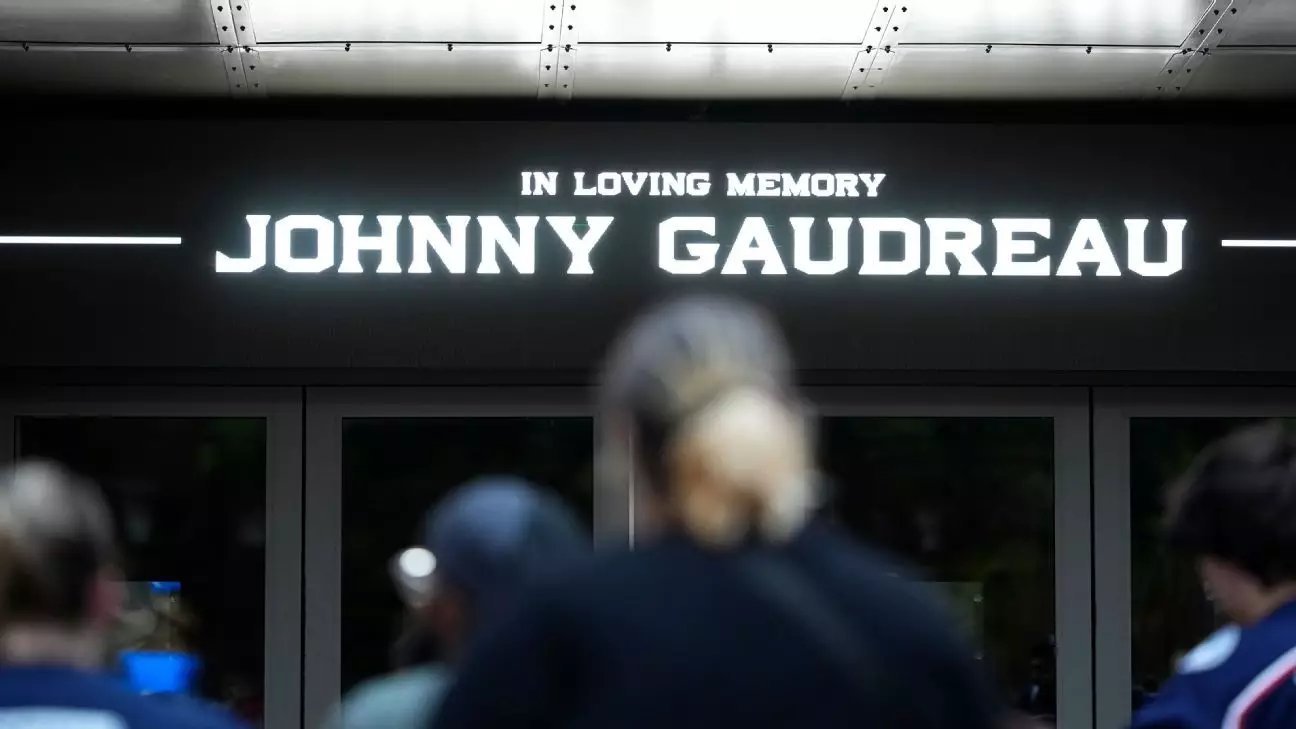In a somber turn of events that has rocked the sports community, Sean M. Higgins, 44, faces serious allegations following the tragic deaths of NHL player Johnny Gaudreau and his brother Matthew. The brothers were cycling on a rural road in New Jersey when they were struck by Higgins on August 29. The shocking nature of the case lies not only in the fatalities themselves but also in the circumstances that led to this incident, now pending a trial after Higgins pleaded not guilty to the charges brought against him.
Higgins reportedly had a troubled history of road rage, alongside claims of impairment stemming from consuming five to six beers before getting in his vehicle. The prosecution’s assertion that Higgins was driving aggressively paints a haunting picture of the events leading up to this catastrophic accident. Eyewitness accounts bolster this narrative, suggesting that Higgins accelerated his vehicle directly into the path of the cyclists—an act that seems conscious rather than inadvertent.
The forthcoming trial is crucial, not only for determining Higgins’s culpability but also for seeking justice on behalf of the Gaudreau family, who have suffered a profound loss. After turning down a plea deal of 35 years, Higgins’s legal team has made it clear that they hope to argue that the tragic event was the result of a series of extraordinary and unfortunate events, rather than intentional wrongdoing or malice. This defense strategy raises questions about the nuances of reckless driving, the implications of impaired judgment, and accountability in the courtroom.
As Higgins stands trial, significant public interest will likely ensue. The case resonates especially with sports fans and the general public because Johnny Gaudreau was no mere athlete; he was a beloved figure in the NHL, known affectionately as “Johnny Hockey.” His untimely death before his sister’s wedding adds an emotional weight that cannot be overlooked. The community’s mourning reflects the personal connections fans form with athletes, who often symbolize far more than just representatives of a team.
The defense positions Higgins as a combat veteran and a family man whose life took a grave misstep on a night that spiraled out of control. His attorneys emphasize his character—depicting him as a well-meaning person whose poor choices led to a catastrophic event. This narrative complicates the usual paradigms of guilt and repercussion, inviting discussions about the spectrum of morality involved in tragic accidents on the road.
On the opposite end is the stark reality faced by the Gaudreau family; irrevocable loss, lifelong grief, and the glaring absence of two sons and brothers taken too soon. As the case moves closer to trial, both the prosecution and the defense will wrestle not just with the facts but with the larger implications of road safety, celebrity culture, and the profound impact of reckless decisions.
The impending trial of Sean M. Higgins not only seeks to ascertain legal guilt in a tragic accident but also serves as a grim reminder of the responsibilities associated with driving. The intersection of fame and personal failure in the case of Johnny and Matthew Gaudreau exemplifies how quickly life can change due to reckless choices. As the legal process unfolds, the messages learned from this tragedy may ultimately shift perspectives on accountability and the consequences of impaired and aggressive driving.

